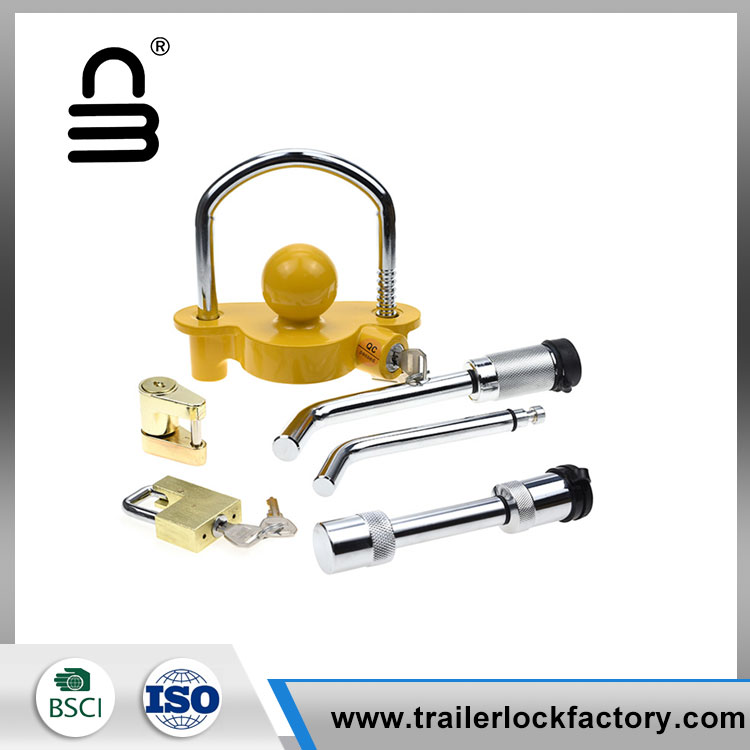 English
English Español
Español  Português
Português  русский
русский  Français
Français  日本語
日本語  Deutsch
Deutsch  tiếng Việt
tiếng Việt  Italiano
Italiano  Nederlands
Nederlands  ภาษาไทย
ภาษาไทย  Polski
Polski  한국어
한국어  Svenska
Svenska  magyar
magyar  Malay
Malay  বাংলা ভাষার
বাংলা ভাষার  Dansk
Dansk  Suomi
Suomi  हिन्दी
हिन्दी  Pilipino
Pilipino  Türkçe
Türkçe  Gaeilge
Gaeilge  العربية
العربية  Indonesia
Indonesia  Norsk
Norsk  تمل
تمل  český
český  ελληνικά
ελληνικά  український
український  Javanese
Javanese  فارسی
فارسی  தமிழ்
தமிழ்  తెలుగు
తెలుగు  नेपाली
नेपाली  Burmese
Burmese  български
български  ລາວ
ລາວ  Latine
Latine  Қазақша
Қазақша  Euskal
Euskal  Azərbaycan
Azərbaycan  Slovenský jazyk
Slovenský jazyk  Македонски
Македонски  Lietuvos
Lietuvos  Eesti Keel
Eesti Keel  Română
Română  Slovenski
Slovenski  मराठी
मराठी  Srpski језик
Srpski језик
Může zámek přívěsu zapadat do všech háčků přívěsu?
2025-04-28
The adaptability of trailer hitch lock is subject to the structural compatibility and mechanical constraints of the target components. The anti-theft device consists of a lock body, a locking mechanism and an interface component. Its core function is to establish a geometric match and load transfer path with the trailer hook. The trailer hitch lock adopts a multi-directional tenon design inside, and realizes positioning constraints through morphological coupling with the hook groove. The curvature tolerance of its contact surface must meet the sliding fit requirements. The locking mechanism includes an anti-torsion structure to ensure that the lock state remains under dynamic load.

The adaptability of trailer hitch lock depends critically on the interface size, positioning features and load-bearing surface morphology of the target hook. Parameters such as the ball head diameter, connection neck length and fixing flange thickness of the trailer hitch directly affect the lock's inclusion space. Some locks use an adjustable claw structure, which changes the clamping range by rotating the adjustment thread, but the adjustment range is subject to the travel limit of the guide groove inside the trailer hitch lock body. The special contour of the special-shaped hook may exceed the envelope range of the standard lock, resulting in insufficient effective coverage of the contact surface.
Material properties affect the long-term adaptation of trailer hitch locks. The thermal expansion coefficient of trailer hitch locks needs to match that of the hook substrate to avoid gap expansion caused by temperature changes. Anti-rust coating thickness control ensures that the fit is maintained in a high salt spray environment, and surface hardening treatment improves shear resistance. Dynamic adaptability is reflected in displacement compensation under vibration conditions, and the elastic buffer layer can absorb micro-displacements caused by high-frequency impact. However, plastic deformation under extreme loads may permanently change the fit relationship between the trailer hitch lock and the hook.
Manufacturers expand the adaptation range through modular design, and multi-specification replacement components allow users to combine configurations according to hook characteristics. Laser scanning reverse modeling technology can generate customized lock bodies, but costs limit its popularization.




